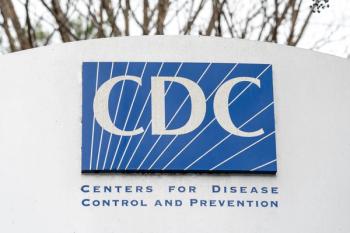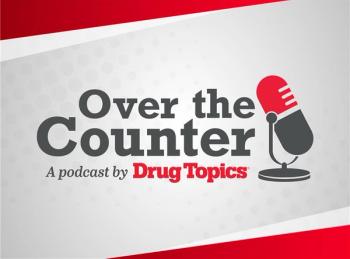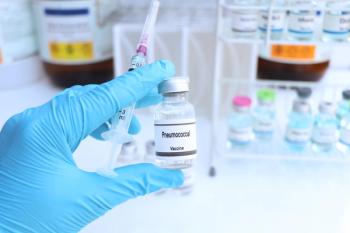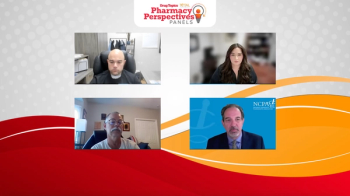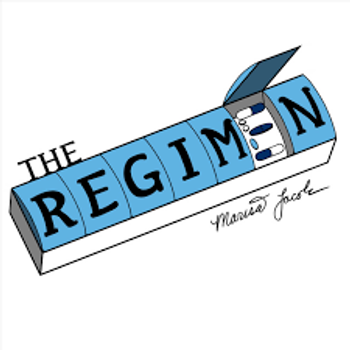
FDA Approves Hydrocortisone Oral Solution for Adrenocortical Insufficiency
The replacement therapy is indicated for patients 5 years and older, marking the first approval for an oral solution form of hydrocortisone.
The FDA approved hydrocortisone (Khindivi) oral solution as a replacement therapy for patients 5 years and older with adrenocortical insufficiency. This approval marks the first oral solution formulation of hydrocortisone.1
“Managing adrenal insufficiency in pediatric patients requires precise and consistent hydrocortisone dosing that can be carefully titrated to small increments that address the individualized pharmacokinetic needs of each child,” Kyriakie Sarafoglou, MD, professor in the division of pediatric endocrinology and division of pediatric genetics and metabolism at the University of Minnesota, said in a news release.1 “The availability of an FDA-approved oral hydrocortisone liquid solution offers physicians a new tool to dose patients accurately, which is important to clinical outcomes during this dynamic period of growth and development.”
The oral solution comes in the 1 mg/ml strength, which eliminates the need to split or crush tablets. The medication is a ready-to-use oral liquid solution and does not require refrigeration, mixing, or shaking.1
Adrenocortical insufficiency, known as Addison disease, is a condition when the body does not make enough of some hormones. Typically for Addison disease, adrenal glands make too little cortisol and, oftentimes, aldosterone. Symptoms typically happen over time, which can include fatigue, dizziness or fainting, sweating, upset stomach, diarrhea, vomiting, pain in the abdomen, muscle cramps, weakness, widespread pain, or joint pain. In addition, early symptoms can change how a patient looks, such as body hair loss, weight loss, areas of darkened skin, and changes in mood, such as depression, irritable mood, and salt craving.1,2
The disease is caused by damage to the adrenal glands, which are part of the endocrine system. The glands make hormones that affect almost every organ and tissue, according to Mayo Clinic. Addison disease is when the outer layer of the adrenal glands is damaged, usually due to an autoimmune disease. Other causes can include tuberculosis, infections of the adrenal glands, spread of cancer to the adrenal glands, bleeding in the adrenal glands, congenital adrenal hyperplasia, medications that block the body’s ability to make glucocorticoid—including ketoconazole (Ketozole), mitotane (Lysodren), and etomidate (Amidate)—or treatment for cancer with checkpoint inhibitors.2
“For families facing the daily challenges of pediatric congenital adrenal hyperplasia (CAH), timely access to the right treatments is critical,” Dina Matos, executive director of the CARES Foundation, said in the news release.1 “The introduction of Khindivi is a significant advancement, particularly because accurately splitting pills to achieve proper dosing for children has long been a struggle. The ability to dose patients more accurately is critical for treatment outcomes. We commend Eton for working to make this therapy accessible through specialty channels. This marks meaningful progress for our community and a vital step toward easing the daily burden on parents and caregivers.”
Current treatment includes hydrocortisone, prednisone, or methylprednisolone, which mimic the changes in cortisol levels that the body experiences over 24 hours. Fludrocortisone acetate can also be used to replace aldosterone. The addition of the oral solution will expand access to treatment, especially for pediatric patients that cannot effectively take pills. According to Mayo Clinic, more sodium intake might be needed, especially when the weather is hot or if the patient has diarrhea.2
READ MORE:
Ready to impress your pharmacy colleagues with the latest drug information, industry trends, and patient care tips? Sign up today for our
REFERENCES
1. Eton Pharmaceuticals announces US FDA approval for Khindivi (hydrocortisone) oral solution. News release. Eton Pharmaceuticals. May 28, 2025. Accessed May 29, 2025. https://ir.etonpharma.com/news-releases/news-release-details/eton-pharmaceuticals-announces-us-fda-approval-khindivitm
2. Mayo Clinic. Addison’s disease. December 21, 2024. Accessed May 29, 2025. http://mayoclinic.org/diseases-conditions/addisons-disease/symptoms-causes/syc-20350293
Newsletter
Pharmacy practice is always changing. Stay ahead of the curve with the Drug Topics newsletter and get the latest drug information, industry trends, and patient care tips.

